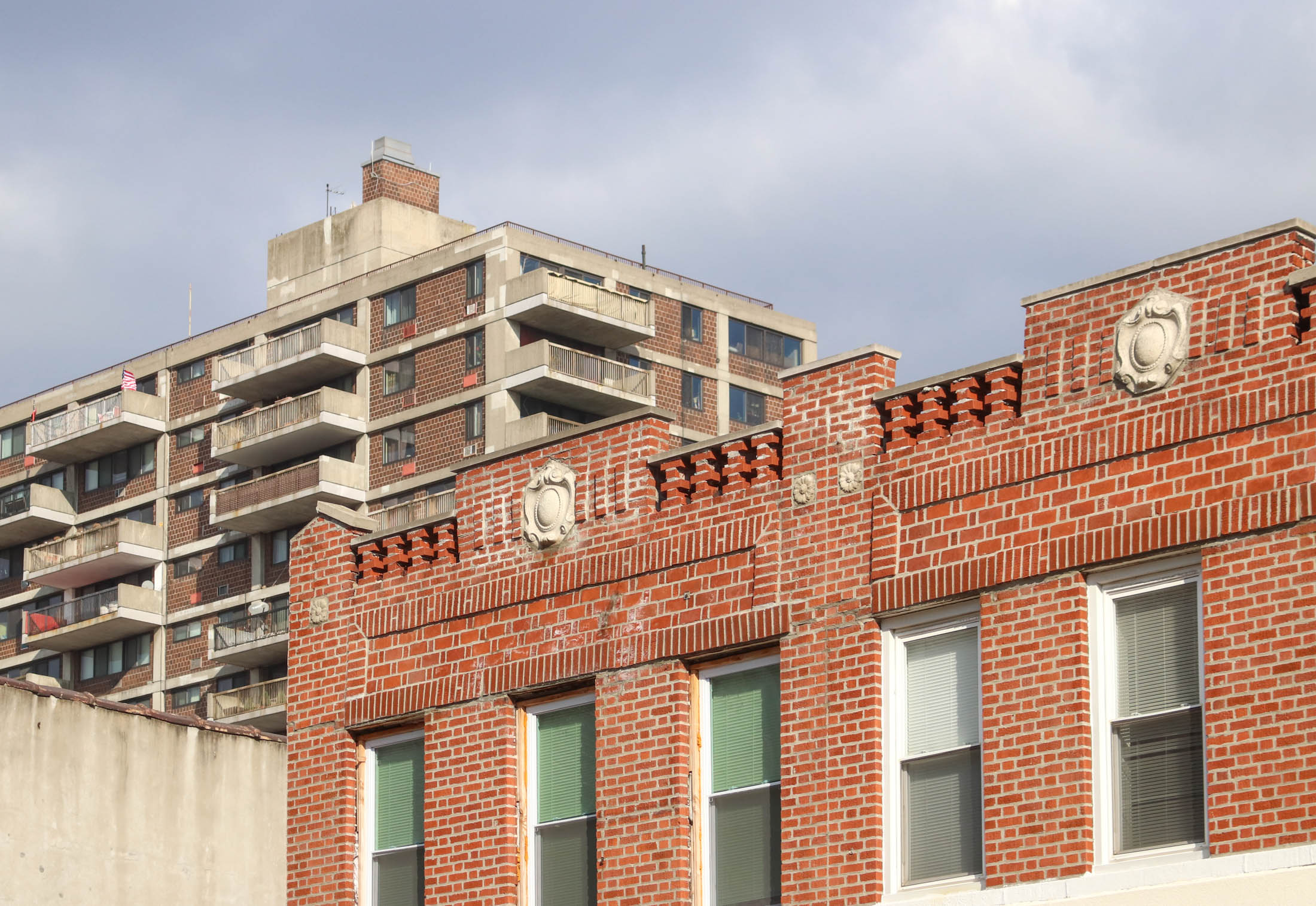Little Boxes, Big Slums
So what happens when McMansions all over the country are downgraded in status and price to the dollar menu? According to an article in The Atlantic, it means we’re witnessing a huge shift in where Americans are choosing to live. The piece, by Brookings Institution fellow/Arcadia Land Company honcho Christopher B. Leinberger, racks up fact…


So what happens when McMansions all over the country are downgraded in status and price to the dollar menu? According to an article in The Atlantic, it means we’re witnessing a huge shift in where Americans are choosing to live. The piece, by Brookings Institution fellow/Arcadia Land Company honcho Christopher B. Leinberger, racks up fact after fact to support the theory that the suburbanization of the U.S. has run its course:
For 60 years, Americans have pushed steadily into the suburbs, transforming the landscape and (until recently) leaving cities behind. But today the pendulum is swinging back toward urban living, and there are many reasons to believe this swing will continue. As it does, many low-density suburbs and McMansion subdivisions, including some that are lovely and affluent today, may become what inner cities became in the 1960s and ’70s—slums characterized by poverty, crime, and decay.
Leinberger argues that as cities have increased in cachet over the past decade or so, builders have gone gangbusters on the suburbs, leading to overdevelopment in non-urban areas and huge price premiums in our cities. One demographer he cites forecasts a “likely surplus of 22 million large-lot homes forecasts a likely surplus of 22 million large-lot homes (houses built on a sixth of an acre or more) by 2025—that’s roughly 40 percent of the large-lot homes in existence today.” There are plenty of good reasons to believe cities—and manufactured, urban-esque “lifestyle centers” outside of cities that include walkable streets and retail clusters—will only continue to grow in popularity. For example, Leinberger notes that by 2025 there will be an equal number of single-person households as families with children. The whole article is well worth a read, though it oddly doesn’t address the possible racial ramifications of a suburbia-as-slum/cities-of-gold cultural shift. Still and all, it’s a sobering look at how the McMansion developments of today may be the poverty-stricken badlands of tomorrow.
The Next Slum? [The Atlantic]
Photo by bob.





Has anyone mention the TAXES in Westchester, they are really high. I have a friend who is paying just over $9,000 a year and they are not in a McMansion.
So to think they will be come the slums with those types of taxes.
I doubt it!!
I used to think that life was easy but then I got placed on probation and had to pee in a cup. Now I look back on those halcyon days and wish that I could taste one of those salty pretzels.
all of brooklyn is a suburb?
even downtown?
how odd.
You are a true idiot, 3:36. You need to read the definition between city and suburb.
Or just read, period.
“If Brooklyn is a suburb what does that make New Jersey?”
Hoboken and Jersey City are suburbs much like brownstone Brooklyn. Maplewood and West Orange are suburbs much like Midwood or Dyker Heights.
Both Brooklyn and Jersey offer a variety of suburban flavors.
I knew to buy a brownstone ever since 3 little pigs. there’s a lot of truth in children stories.
Some of these houses that were built 2-3 years ago already are suffering from foundation problems, cracking concrete, buckling floors, peeling paint, mold, etc.
That is the problem when you are trying to build something so fast so you can make a crazy profit.
Not only will homeowners have to spend more to repair these new homes (money they don’t have) but the developers are now taking a loss on unsold homes sitting there rotting.
Another reason why quality is something more Americans should start to value.
A little craftsmanship goes a long way.
what happens when all this shoddily built mcmansions start crumbling in 10 years?
then what?
those buildings weren’t even built to last 50 years.
that will be the ultimate bubble bursting when all these homes fall apart in a few years.
One major problem — where will all these poor people come from? The ranks of the poor have been dwindling for decades. The suburbs will not be abandoned to decay, they will just be even cheaper than they are now.